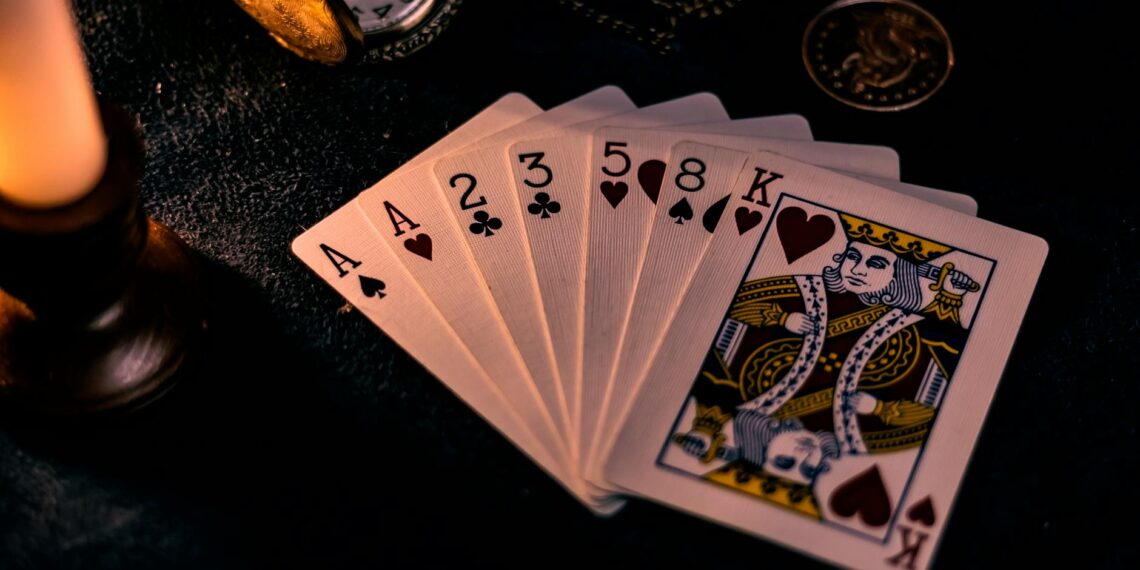There are several methods you can use to identify a coin, particularly if you’re trying to determine its type, age, and potential value.
- Look for a denomination: If the coin has a face value, it’s likely a standard coin rather than a token or medal.
- Find the date: This is often the easiest way to begin identifying a coin. Be aware that some older coins may have worn dates or use different calendar systems.
- Identify the images: Examine both sides (obverse and reverse) for prominent images, like a ruler’s portrait, an animal, or a building.
- Locate inscriptions or legends: Look for phrases like “United States of America,” “Liberty,” or “E Pluribus Unum” on US coins. Many older European coins use Latin inscriptions, like “Britannia”. Pay attention to the language used, as it can indicate the coin’s country of origin.
- Check for a mint mark: This is a letter or symbol that tells you where the coin was produced. Common US mint marks include P (Philadelphia), D (Denver), S (San Francisco), and W (West Point).
- Note the size and shape: Measure the diameter and thickness. While most coins are round, some older or commemorative coins may be polygonal or irregularly shaped.
- Observe the color: A golden color may indicate gold or brass, silvery suggests silver or a copper-nickel alloy, and brown usually signifies copper. If you see a stripe on the edge of a silver-colored coin, it might be a clad coin with a copper core. You can also test with a magnet; if it sticks, it could be made of steel or have a steel core.
Several mobile apps leverage AI and image recognition to help identify coins from photos . Popular options include Coinoscope and CoinSnap . These apps can quickly provide details like country of origin, year of issue, mintage figures, and estimated market value.
- Online catalogs and databases: Websites like Numista or the [NGC Coin Explorer] offer vast resources to search and compare your coin with known examples.
- Coin reference books: These catalogs, such as the Krause World Coin catalogs, are particularly useful for coins where the country of origin is unknown.
- Visit a local coin shop: Dealers are often happy to help identify coins, [says numismatics expert Dean Kinzer].
- Engage with online forums or coin clubs: Share photos and details with other collectors who can offer their expertise.
- Low mintage figures: A limited number of coins produced generally indicates higher rarity.
- Errors in minting: Misstrikes or other production errors can also increase a coin’s rarity and value.
- Age and condition: Coins minted before 1800 are typically rare, and the state of preservation is crucial in determining its value. Well-preserved coins are generally more desirable.
- Historical significance: Coins with a connection to important historical events or discoveries can also be rare and valuable.










